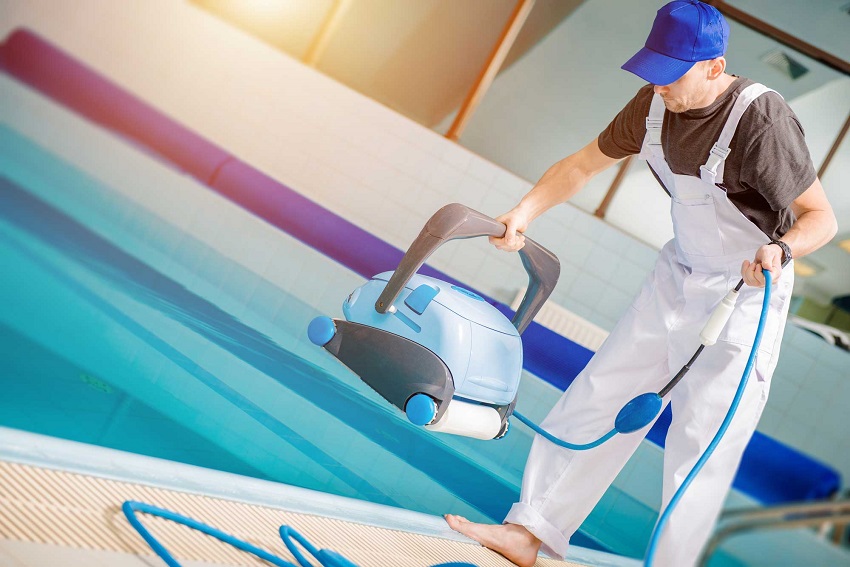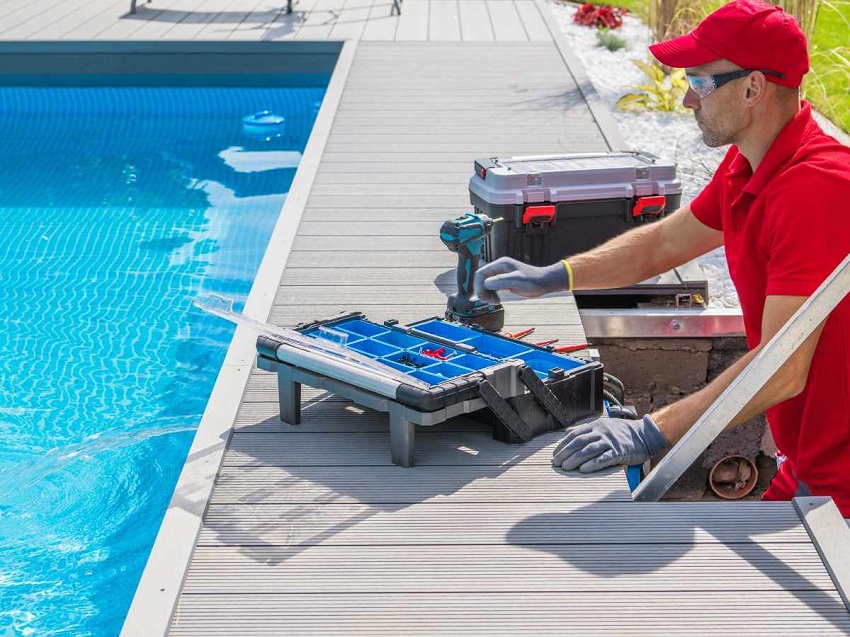
Has your pool been losing water unexpectedly? Finding a leak in your pool can be daunting, but it’s crucial to identify and address the issue promptly. In this comprehensive guide, we will walk you through how to find a leak in a pool, providing you with step-by-step instructions and essential tips. By following these methods, you’ll be able to locate and fix leaks in your pool, ensuring it remains a refreshing oasis for years to come.
Maintaining a pool requires vigilance, and one common challenge pool owners face is dealing with leaks. Water loss can lead to costly repairs and impact the enjoyment of your pool. In this article, we’ll explore the importance of finding pool leaks, discuss the signs to look out for, and provide a detailed guide on locating and fixing them.
Understanding the Importance of Finding Pool Leaks
Finding and addressing pool leaks promptly is crucial for several reasons. First, leaks can result in significant water loss, leading to increased water bills and the need to constantly refill your pool. Additionally, leaks can cause damage to the pool’s structure, equipment, and surrounding areas, resulting in costly repairs. By identifying leaks early on, you can prevent further damage and minimize expenses.
Signs of a Pool Leak
Before finding a pool leak, it’s essential to recognize the signs indicating a potential problem. Keep an eye out for the following:
- Unexplained drop in water level
- Frequent need to add water to the pool
- Excessive moisture around the pool area
- Cracks or settling around the pool’s structure
- Reduced water pressure in the pool’s circulation system
If you notice any of these signs, it’s time to investigate further.
Gathering the Necessary Tools
You’ll need a few tools on hand to effectively find a pool leak. Here are some items you should gather before starting:
- Pool leak detection kit
- Dye syringe or dye tablets
- Bucket
- Screwdriver
- Plunger or duct tape
- Masking tape
- Notepad and pen
Having these tools readily available will make the leak detection process more efficient.
Step-by-Step Guide to Finding a Leak
Inspecting the Pool Equipment
Begin your search for a pool leak by examining the pool equipment. Check for any visible signs of leaks around the pump, filter, heater, and other components. Look for moisture, dampness, or water pooling in these areas. If you notice any leaks, address them promptly or seek professional help.
Checking the Pool Structure
Inspect the pool’s structure for cracks, gaps, or settling. Pay close attention to the area around the skimmer, lights, and return jets, as these are common areas for leaks. Use your dye syringe or tablets to test for leaks around these vulnerable spots.
Examining the Pool Plumbing
Next, focus on the pool plumbing. Look for any visible leaks in the pipes, valves, and fittings. Use a screwdriver to tighten loose connections and ensure everything is properly sealed. Take note of any leaks or potential issues you come across.
Conducting the Bucket Test
The bucket test effectively determines if your pool is losing water due to a leak or evaporation. Fill a bucket with water, mark the water level inside, and place it on the pool steps or ledge. Leave it for 24 hours, ensuring it’s at the same water level as the pool. If the pool’s water level drops more than the bucket’s, it indicates a leak.
Using Dye to Detect Leaks
Dye testing is another method to identify leaks in your pool. Add dye to the water near suspected leak areas, such as cracks or return jets. Observe if the dye gets pulled into these areas, indicating a leak. This method is especially useful for identifying small leaks that may be difficult to spot visually.
Hiring a Professional if Needed
If you’ve followed the previous steps and cannot locate the leak or if you’re uncomfortable conducting the investigation yourself, it’s advisable to hire a professional pool leak detection service. They have specialized tools and expertise to pinpoint the exact source of the leak, saving you time and frustration.
Fixing a Pool Leak
Once you’ve identified the pool leak, it’s time to address the issue. The necessary repairs will depend on the size and location of the leak.
Repairing Small Leaks
You can use pool patch kits or epoxy putty to seal the affected area for small leaks. Follow the manufacturer’s instructions for the specific product you’re using. Ensure the area is clean and dry before applying the patch or putty, and allow sufficient curing time before refilling the pool.
Addressing Larger Leaks
It’s best to consult a professional pool repair service for larger leaks or extensive damage. They will have the expertise and equipment to handle more complex repairs, ensuring a long-lasting solution.
Preventive Measures to Avoid Future Leaks
Prevention is key to maintaining a leak-free pool. Consider the following preventive measures:
- Regularly inspect and maintain pool equipment
- Monitor water chemistry to prevent corrosion
- Address any small issues promptly before they escalate
- Hire professionals for regular pool maintenance and inspections
By implementing these preventive measures, you can reduce the risk of future leaks and prolong the lifespan of your pool.
Conclusion
Finding and fixing a pool leak is crucial for any pool owner. By understanding the signs of a leak, following a systematic approach to identify the source, and taking appropriate repair measures, you can maintain a leak-free and enjoyable pool experience. Remember to stay proactive in pool maintenance and seek professional help when needed.







